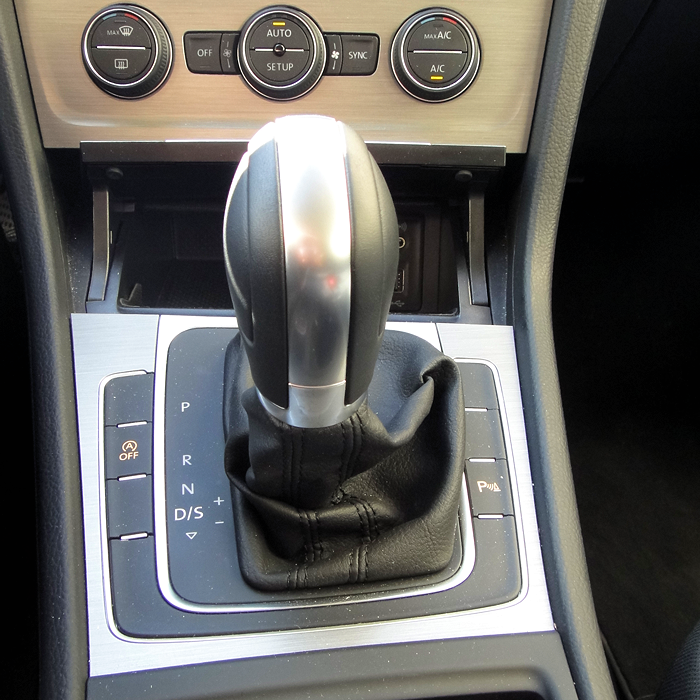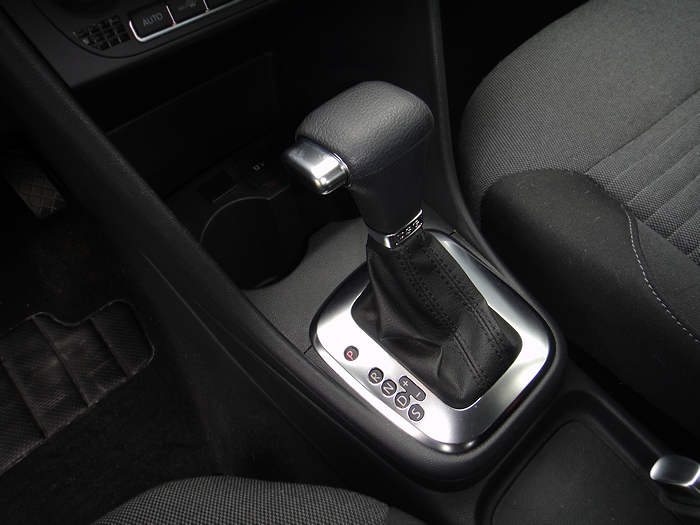
If you were considering buying a new car with automatic transmission 15 years ago, chances are that someone would warn you, like:
-You won’t be able to resell it.
-Automatic is for the disabled and old people.
-Automatic transmissions break down all the time.
This is Europe. In the United States everyone has been driving automatic for ages. Cars with “stick shifts” are for a handful of oddballs.
I have noticed that the demand for automatic cars in the Nordic countries is higher than ever before. New computer assisted transmission systems have made it technically possible to shift automatically without loss of power and without extra fuel consumption. Basically, there are 3 different transmission systems available. If you plan to choose an auto-shifter for your next car, make sure to pick the solution that suits you best.
• Conventional automatic transmission (hydraulic system with torque converter)
• Continuous Variable Transmission (CVT)
• Robotized shifting
Conventional Automatic Transmission
The power between the engine and the driveshaft is connected via hydraulics and not mechanically linked. That gives fabulous comfort because harsh vibrations from the shafts and gears do not find its way into the cabin. However, the solution absorbs some of the energy from the engine on its way out to the wheels. It affects fuel economy and performance negatively. Lately, conventional transmissions make extensive use of electronics to monitor the vehicle’s movements and driver’s response in order to make intelligent shifts – for better fuel economy and performance.
Continuous Variable Transmission (CVT) transfers power between the engine and the drive shafts via a metal chain that adjusts seamlessly. The solution provides almost no energy loss, and since the shifting is seamless, it is possible to keep the engine ticking constantly at a favorable speed for power and consumption. This is probably a good thing for the engine, but some profound drivers miss the entertainment of listening to an engine that works its way through the gears. A constant humming from the engine can be a bit boring. And what’s even worse: It brings memories about your first scooter …
Robotized Shifting is the solution that has had the greatest emergence in recent years. The system is based on a robot that operates the clutch and engages the gears according to an electronic analysis of the engine revs, the rolling speed, the up-hill and down-hill sensors, and whether the driver is braking, accelerating or keeping a steady pace. The problem with this system has been that the robot shifted a lot slower than a skilled driver. Today, there has been some major improvements to this solution. The most advanced system – the so-called dual clutch solution – uses two gear boxes. One of the gear boxes is being used, while the computer anticipates the next gear and engages it in advance in the other gear box. When it is time to shift, it happens instantly – clutch in – clutch out – done! By calculating the optimum gear change, both fuel consumption and CO2 emissions are reduced. Even the most experienced driver cannot do better.
Hill-starts
Conventional automatic transmissions keep the car from rolling backwards more than a few inches, even when the driver takes off from a steep upwards hill. Inexperienced drivers never have to worry about the car rolling backwards. The other transmissions systems mentioned here, need a Hill-holder or Hill-start Assistant to effectively prevent the car from rolling backwards. However, no Hill-holders hold the car more than about 3 seconds, – just enough time to move the right leg from the brake pedal over to the accelerator.
Hill-holders are now standard also on many cars with manual transmissions.
Driving on Snow and Ice
Generally, there are no problems whatsoever about driving with automatic on snow and ice. I know that some of the first – and primitive – Robotized Shift solutions could be a challenge when driving in extreme snow and ice conditions. I think the first transmissions were not designed for Nordic driving conditions.
I have also heard that some CVT transmissions fail to operate smoothly when they get worn. I think similar things may happen to Conventional Automatic Transmissions as well.
To be able to drive well with automatic on snow and ice, you need a transmission that can do the following:
• Lock-into-gear, or manual selector.
• Shift rapidly
• Operate smoothly
The problems can be described in the following scenario:
You are about to drive up a steep slope full of snow. As you accelerate, the transmission shifts from the first gear into the second (good) … and, woops, it shifts to… third! Then, at the most critical point of the slope, the transmission decides to shift down to second gear, and the car loses traction …
Traffic Jams
In congested traffic all the 3 automatic transmission solutions have major advantages over manual cars when it comes to comfort and easiness. Instead of coordinating clutch and accelerator, you just hold the foot on the brake pedal and eases it as the traffic snails along.
When you drive a manual car in congested traffic you may get a lot of clutch wear. This is not a problem with Conventional Automatic Transmissions and CVT Solutions, since they do not use any clutch. A Robotized Gear Solutions, however, has a clutch and uses it extensively, just as much as in a manual car.
My Choice
I would prefer a robotized shifter from one of the major car manufacturer. It provides the most benefits and makes the driving more entertaining. If I can choose between a driveline with a Robotized System and CVT, I would take the Robotized System. I would probably never choose a Conventional Automatic Transmission unless I am choosing a very powerful engine at the high-end of the price list, – or I am searching for something very simple – at the very low end.
Here are some of the solutions available today:
|
Make
|
System
|
Type
|
|
Audi
|
S tronic or Multitronic
|
Robotized (S tronic), CVT (Multitronic)
|
|
BMW
|
–
|
Conventional
|
|
Chevrolet (Korea)
|
–
|
Conventional
|
|
Citroën
|
EMG
|
Robotized
|
|
Ford (DE)
|
PowerShift or conventional
|
Robotized (Powershift)
|
|
Mazda
|
–
|
Conventional
|
|
Mitsubishi
|
INVECS-III
|
CVT
|
|
Nissan
|
Xtronic
|
CVT
|
|
Opel
|
–
|
Conventional
|
|
Peugeot
|
EMG
|
Robotized
|
|
Renault
|
EDC
|
Robotized
|
|
Seat
|
DSG
|
Robotized
|
|
Skoda
|
DSG
|
Robotized
|
|
Toyota
|
MMT or Multidrive
|
Robotized (MMT), CVT (Multidrive)
|
|
Volkswagen
|
DSG
|
Robotized
|
|
Volvo
|
Geartronic or conventional
|
Robotized (Geartronic)
|

Thank you for comparing the automatic transmission to the manual one. My daughter is about to buy and new car and will appreciate the benefits of the automatic transmission being so easy to drive. Great job on the article, I’m sure a lot of people don’t know much about the advantages of certain transmissions these days!
LikeLiked by 1 person